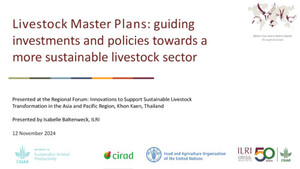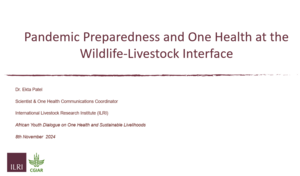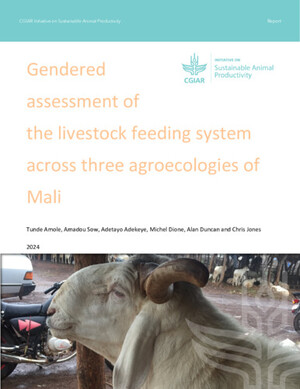
The management and economics of East Coast fever
Abstract
This book chapter tackles the management and economics of east coast fever. At about the time of ILRAD's establishment in 1973, a vaccination procedure was being developed at the East African Veterinary Research Organization (EAVRO) at Muguga, Kenya. The infection-and-treatment method (ITM) is an immunization procedure against ECF. It involves inoculation of live sporozoites of T. parva, usually in the form of a semi-purified homogenate of T. parva-infected ticks, combined with simultaneous treatment with a dose of a long-acting formulation of the antibiotic oxytetracycline. Whilst safe and very effective when administered correctly, production and delivery of this live ECF vaccine is complicated, expensive and time consuming, and at the time of ILRAD's founding, there were doubts as to whether such a procedure was commercially viable. The future for ILRI in the pathology and immunoparasitology of theileriosis will be guided by the vaccine, balanced against the evolving prospects for a subunit vaccine. The future in the epidemiology and economics of ECF management will be developing and evaluating current or novel control methods.
Citation
Toye, P., Kiara, H., Ole-MoiYoi, O., Enahoro, D. and Rich, K. 2020. The management and economics of East Coast fever. IN: McIntire, J. and Grace, D. (eds), The impact of the International Livestock Research Institute. Nairobi, Kenya: ILRI and Wallingford, UK: CABI: 239-273.










